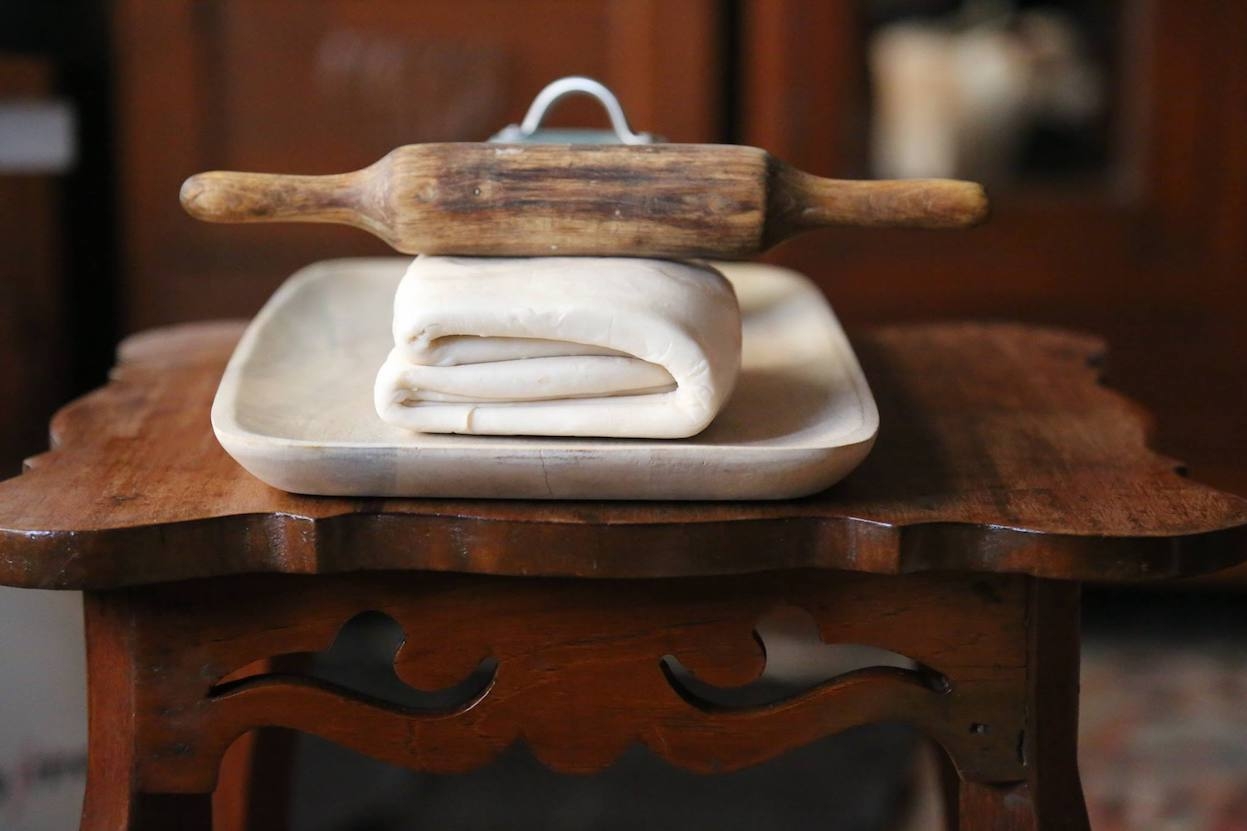
Puff Pastry photo Tara Deshpande
Puff Pastry- Where to Buy It in Mumbai and What to Make with It
Before the chicken puff came puff pastry. In India Pattice and savory Khara biscuits available at Irani cafes are the most commonly eaten snack made from puff pastry.
Puff Pastry also known as butter paste and puff paste originated in France where it is called pâte feuilletée or feuilletage. Feuille is the French word for leaf.
Puff pastry, unlike pâte brisée is a laminated dough where layers of dough are repeatedly rolled and rested with layers of butter to produce a very flaky, fine and crisp dough. In some early, medieval recipes eggs were also added to the dough.
The process is far more time consuming than short crust or the choux pastry (pate a choux) so many home cooks buy it frozen or readymade at a bakery.
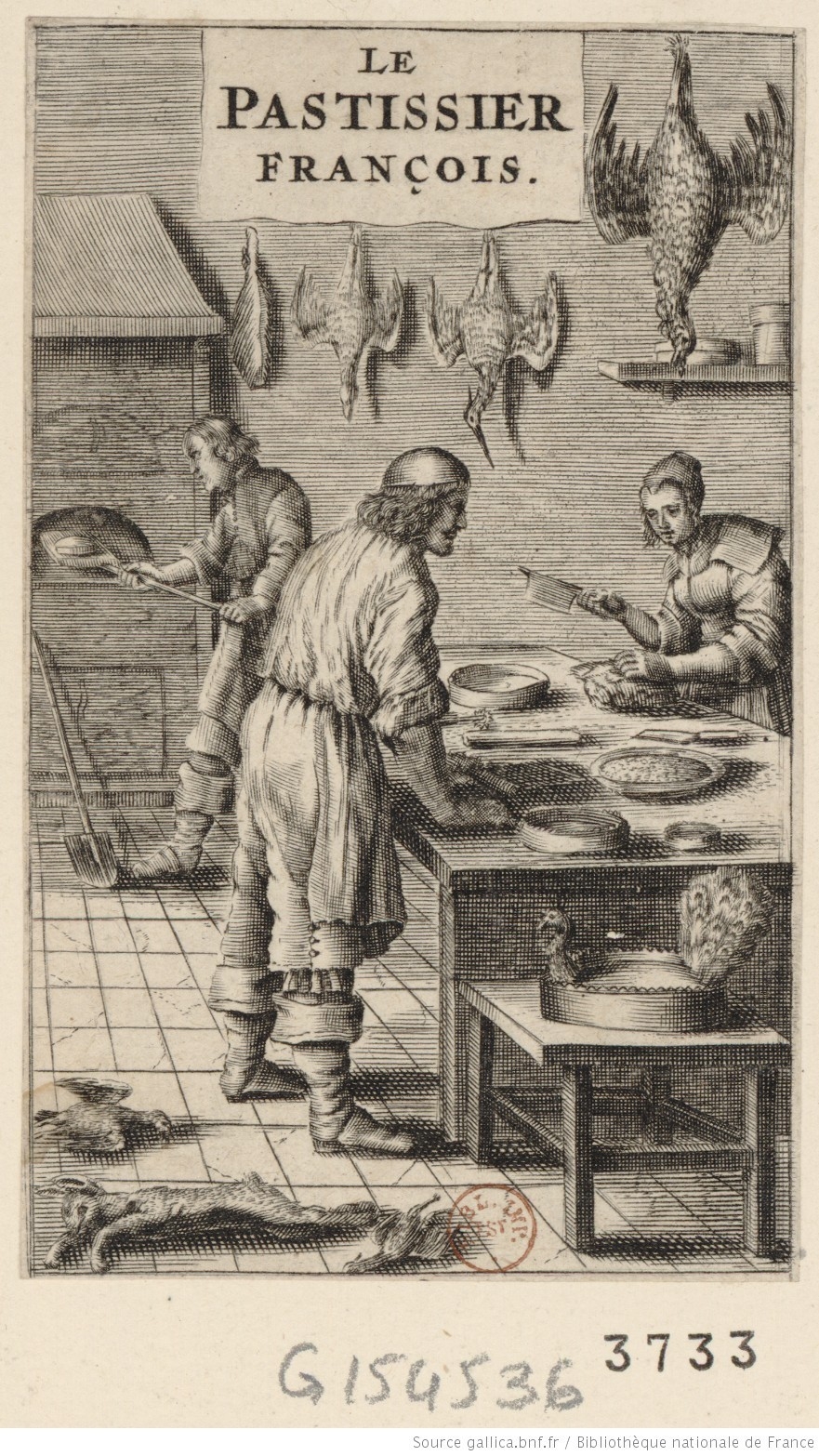
photo Gallica
The first published recipe for puff pastry appeared in François Pierre La Varenne‘s “Pastissier Francois” in 1653.
But it was invented some years before this in 1645 by a French pastry cook’s apprentice, Claudius Gele who accidentally stumbled upon the technique for puff pastry while trying to make a loaf of bread for his bed ridden father.
Claudius later went to work for the Brothers Mosca’s pastry shop in Florence, Italy where he continued to produce the puff pastry for his employers all the while keeping the recipe secret. He made his employers a fortune.
While many food historians agree puff paste was a logical outcome of short crust pastry others believe that it was influenced by Middle Eastern Phyllo and werqa dough made with olive oil and fine sheets of dough.
My 1765 edition of The Art of Cookery Made Plain and Easy by a Lady has an early recipe for ‘Puff-pafte’. By the early 1800’s Puff Pastry become the standard term used in English cookbooks.
photo
In Mumbai you can buy Puff Pastry to order at Worli’s City Bakery. They sell it by the kilogram and must be ordered with 24 hour notice. It is also available refrigerated in 250 gram sheets at American Bakery in Byculla. Both are vegan. Check with the local Irani cafés in your city –if they make khara biscuits and pattice, chances are they will sell you the readymade dough. You can also buy it in the frozen section in supermarkets and some club shops.
I would advise you keep the fresh puff pastry refrigerated (not frozen) at all times and use it within 24 hours.
For me puff pastry is the go to when I don’t have time to make leavened dough or a short crust pastry.
Here are some of the easy, elegant and delicious recipes I make. You can also make chicken pot pies, cheese straws, vol au vents, poisson en croute (whole fish wrapped in pastry.
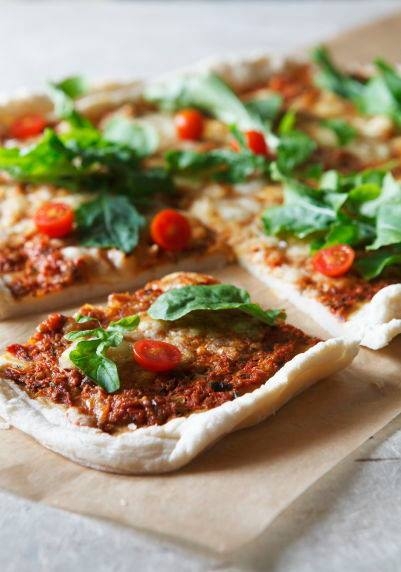
No Huff, Puff Pizza photo Bini Bharucha
NO HUFF PUFF PIZZA
Perfect for large groups, you can add on almost any filling. While this recipe calls for a red sauce you can also do a Pizza Bianco or a sweet dessert pizza with fruit compote and almonds.
NAPOLEONS
This classic layered dessert should be served plated as individual portions. They are impressive and elegant but easy to make.

Napoleons with pastry cream and fruit photo by Bini Bharucha
http://www.taradeshpande.in/mixed-fruit-napoleons-with-pastry-cream/
MUSHROOM AND GOAT’S CHEESE BEGGARS PURSES
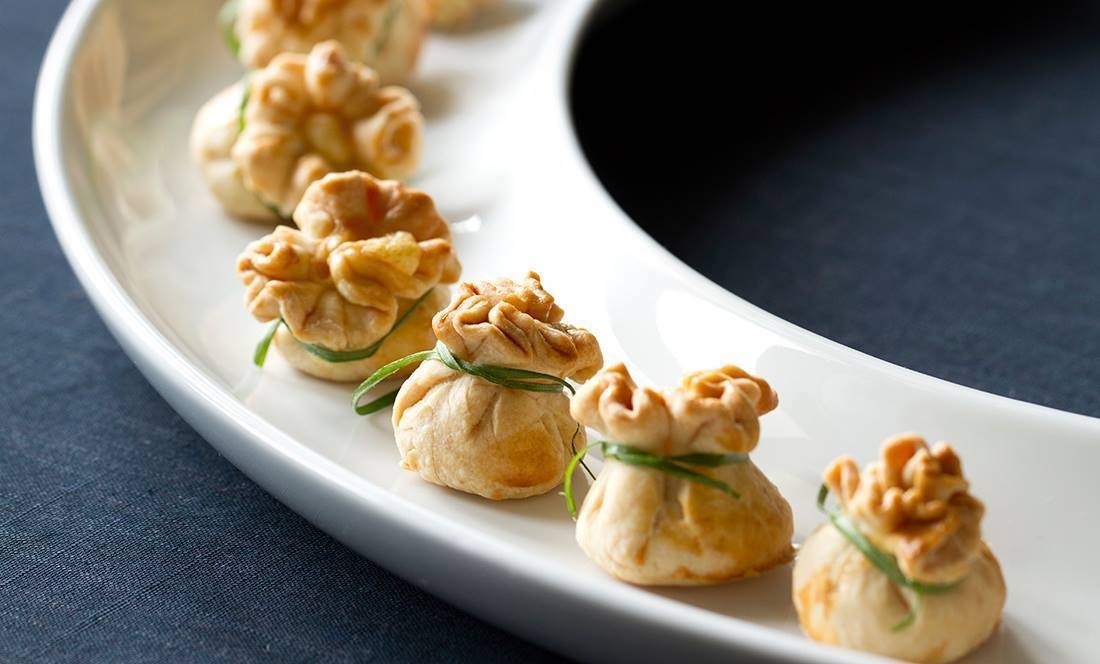
Beggars Purses with puff pastry photo Beynaz Mistri
Knotted with chives these delicate purses can be stuffed with meat, prawns, tofu or turn them into a dessert.
http://www.taradeshpande.in/puff-pastry-beggars-purses-with-mushrooms-goats-cheese-and-thyme/
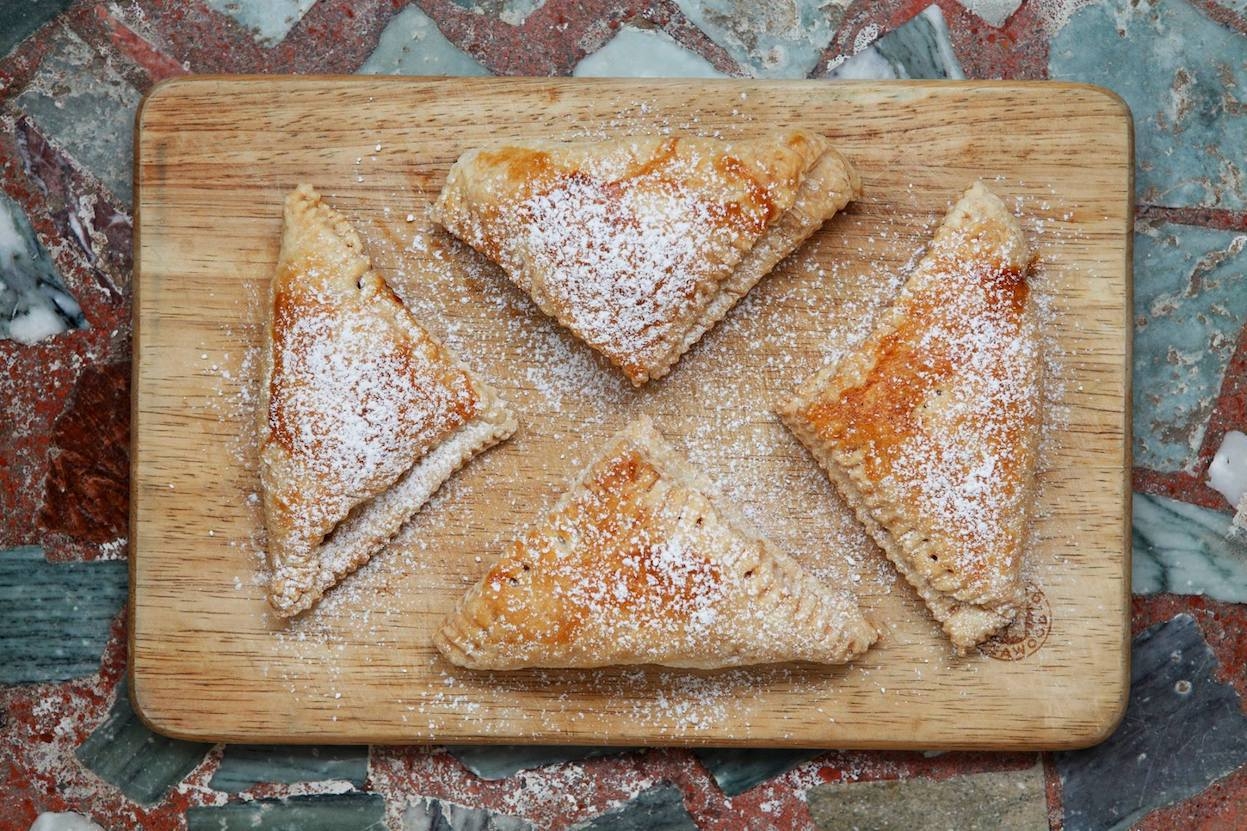
APPLE, HONEY AND CINNAMON TURNOVERS photo Bini Bharucha
Turnovers are so easy. I bake them just before the dessert course and serve them warm with vanilla ice cream and some honey drizzled over the top. A winner!
http://www.taradeshpande.in/easy-apple-honey-and-cinnamon-turnovers/
Poisson En Croute
A classic French preparation this is a complex dish but makes a spectacular main course.

poisson en croute with puff pastry photo Tara Deshpande
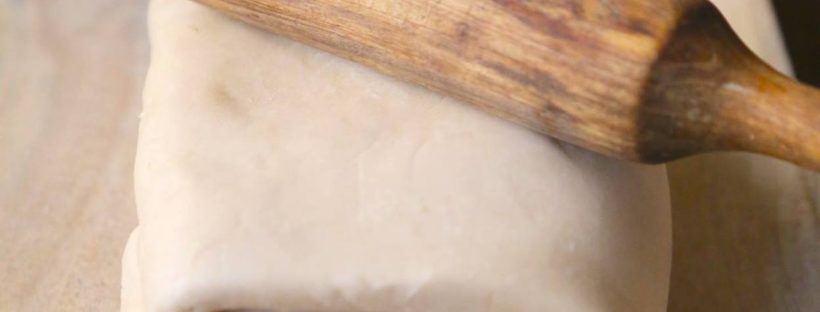
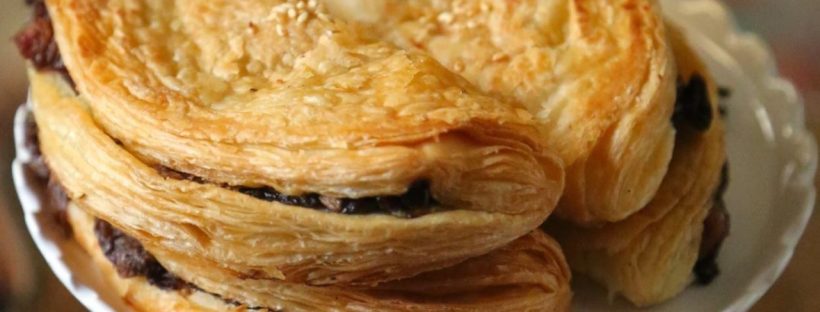
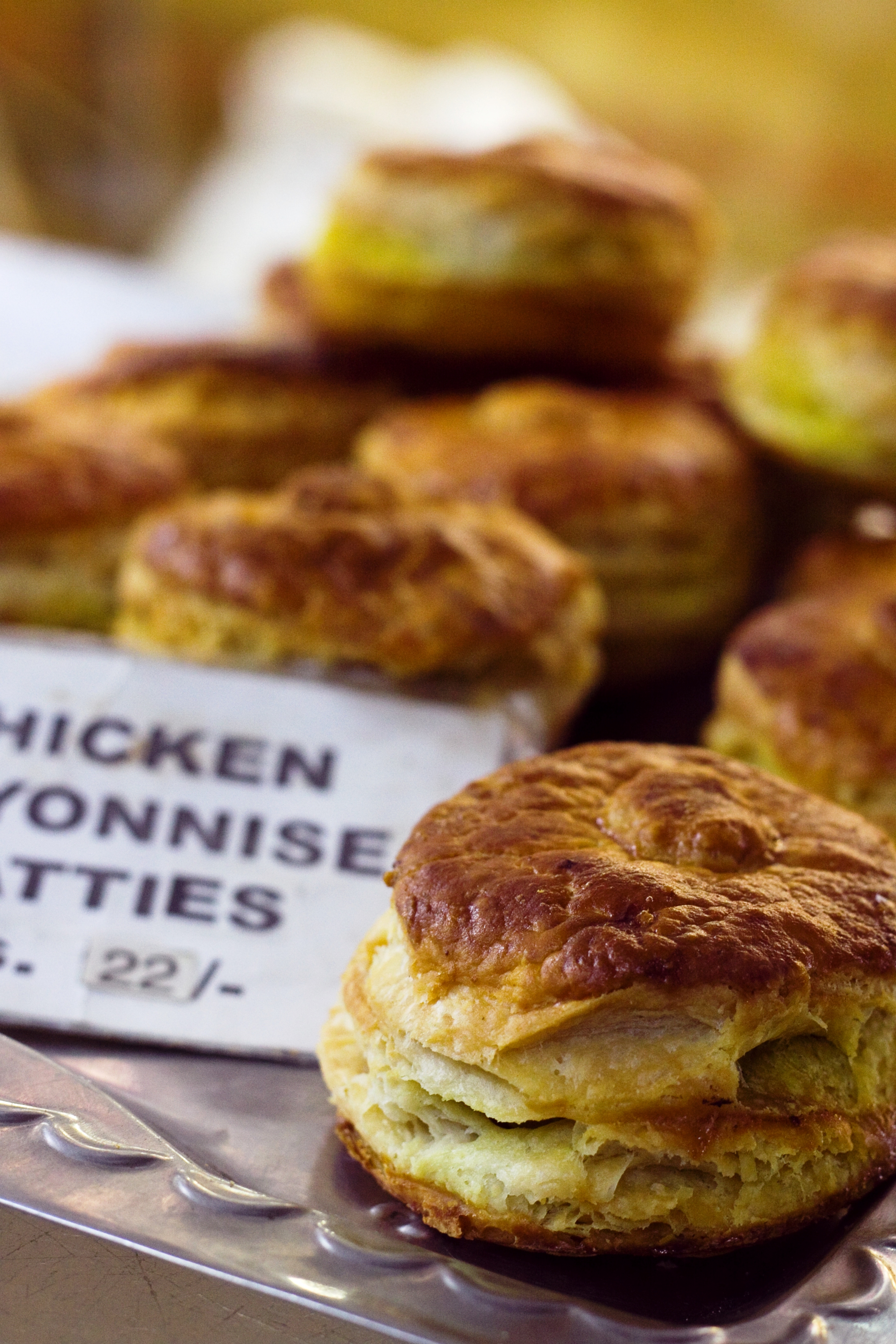
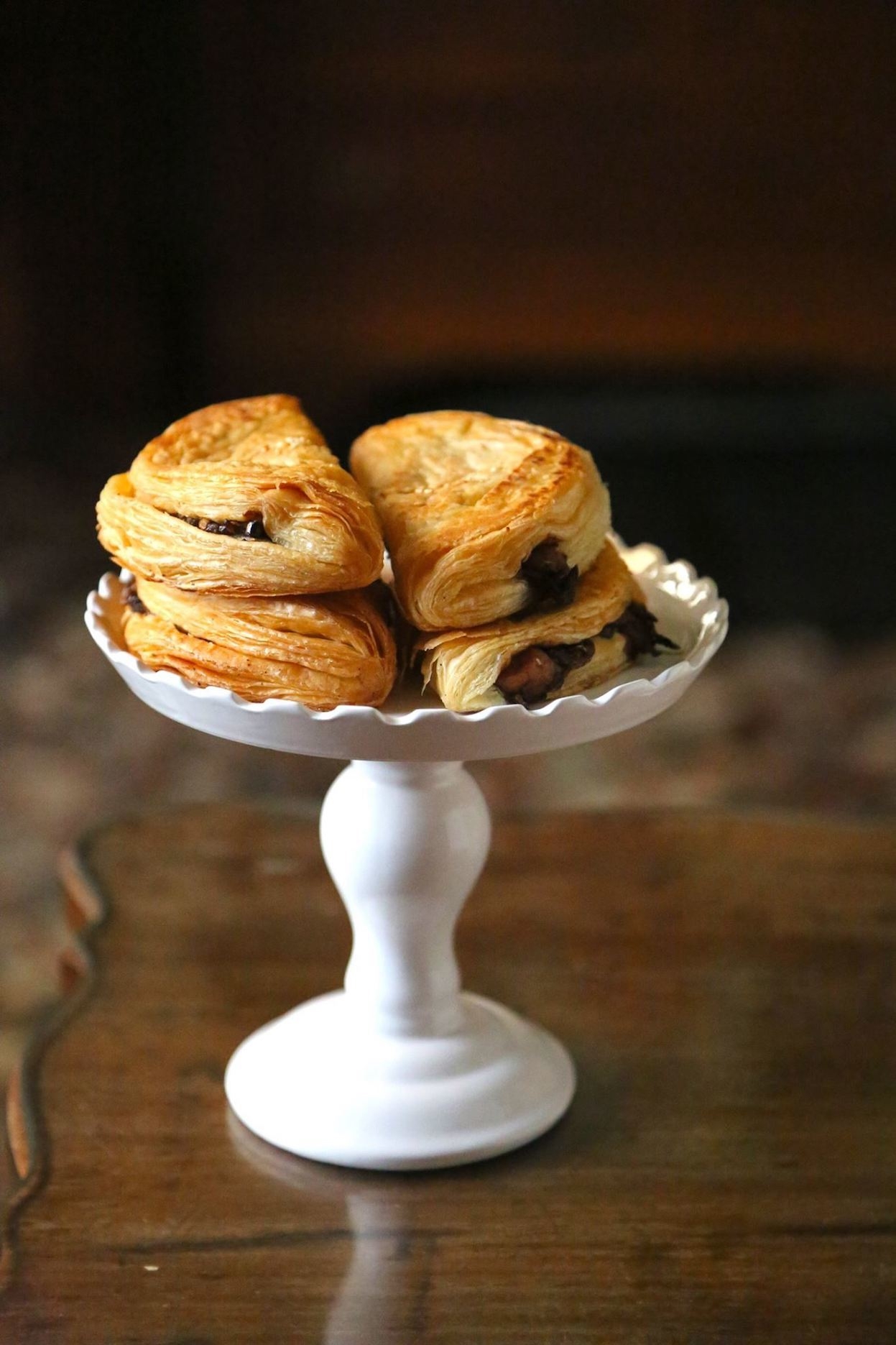
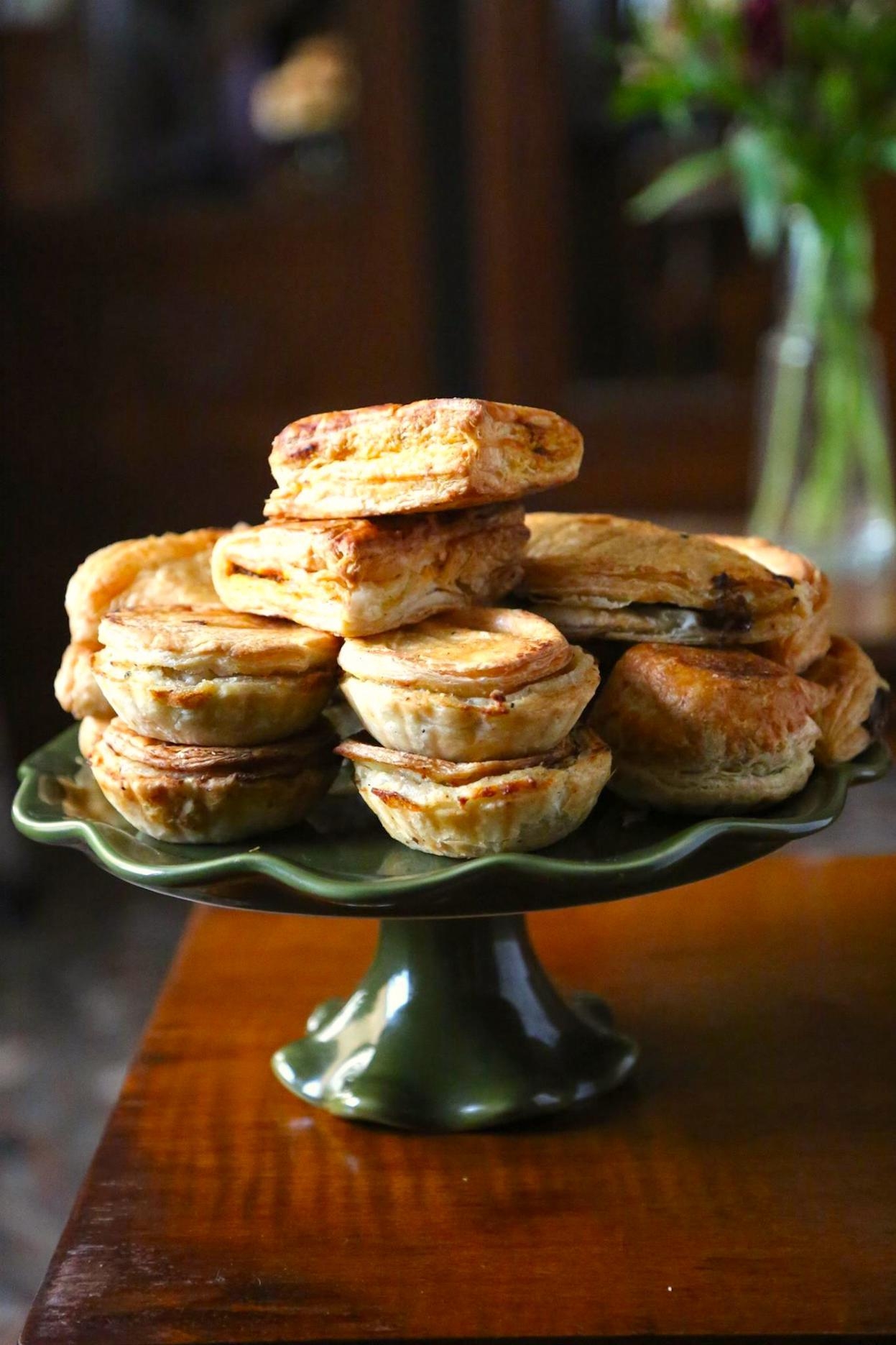
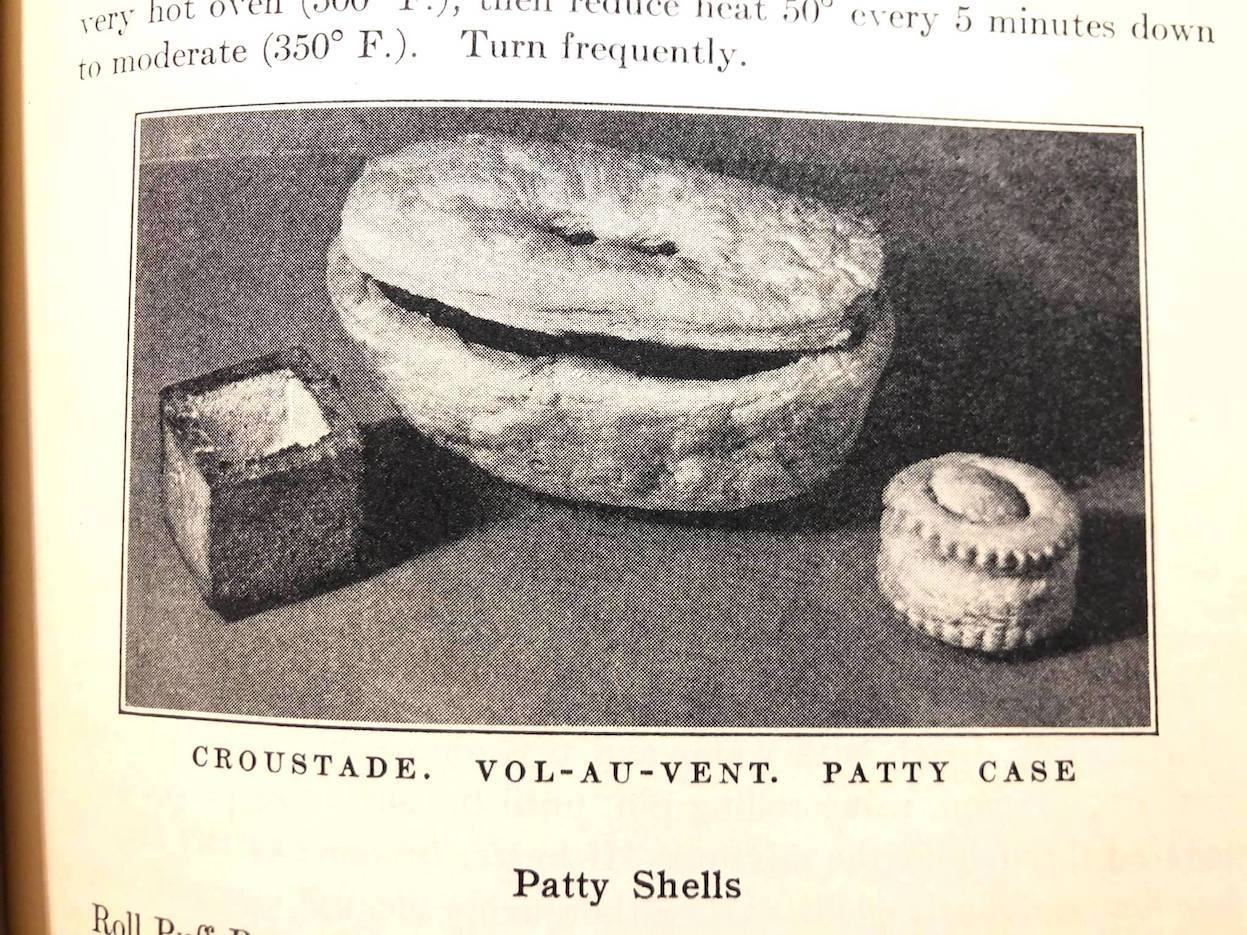
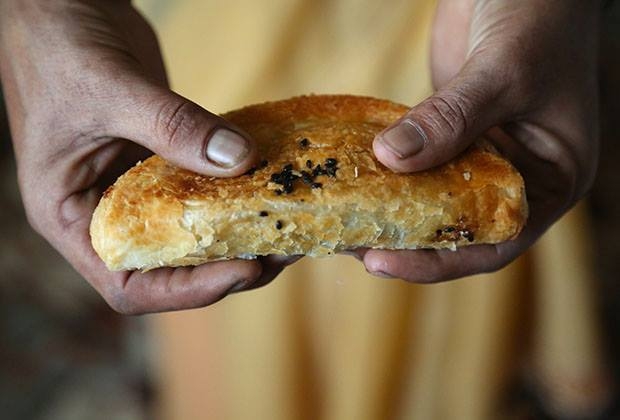
You must be logged in to post a comment.